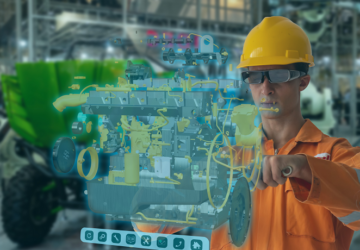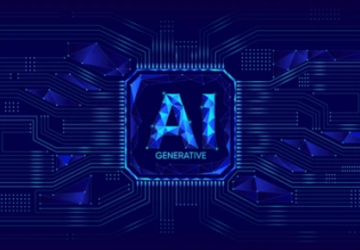Coordinating an industrial project is a tremendous challenge: throughout the project, stakeholders come and go, each using their own tools and producing large amounts of data, disseminated in paper or digital format. This results in such complexity that traditional methods of collaboration and information sharing show their limitations.
To meet the human and technical challenge of coordinating industrial projects, let’s first understand the difficulties faced and the potential negative impacts they can have on project management. We will then see that these challenges are not insurmountable: new digital tools are emerging to improve collaboration on industrial projects.
The challenges of coordinating industrial projects.
1. Synchronisation des versions : comment rester dans le bon tempo ?
The proliferation of documents and versions peaks during the classification phase of an industrial product, which follows a sometimes very lengthy iterative process: the design office produces 3D models using a CAD tool, then transposes them into 2D blueprints so that the classification body can process them. The updated blueprints are sent back to the design office, which creates new 3D models, and so on. At each step, it’s essential to ensure that all parties have access to the correct version of the documents.
Poor document synchronization is like making stakeholders work blindfolded, unaware of the progress made by other teams. This situation, stemming from the very organization of information sharing, is prone to errors and inconsistencies.

2. Data access: the limitations of siloed organization
Having relevant data is crucial in an industrial project. However, this need is hindered not only by the colossal amount of data generated, but also because of their dispersion across different systems and file formats. This siloed organization results in data fragmentation, which becomes difficult to access for stakeholders.
Imagine, for example, that the drawings and designs of an airplane are located in the CAD software of a design office, while the performance data of the materials are in the database of a laboratory, and safety specifications in the documents of the classification body. An individual wanting to verify the compatibility of a material with the specifications will need to access these three distinct sources, which is time-consuming and sub-optimal.
3. Decision-making: deciding in an uncertain environment.
The siloed organization and the proliferation of document versions make an industrial project an uncertain environment, in which no stakeholder has a comprehensive view. In the absence of accurate and up-to-date information, decision-makers must rely on assumptions or guesses, which can lead to mistakes, and therefore delays and budget overruns.
Take the example of a shipyard: if a design change is not properly communicated, the logistics manager might order unsuitable materials, resulting in additional costs and delays. Similarly, engineers could work based on outdated specifications, which might require costly and time-consuming adjustments.
Strengthening collaboration through digital tools.
The industrial sector is not immune to the digital transformation and the surge of tools designed to enhance collaborative work and improve productivity. Document sharing, messaging, video conferencing, project management… there’s a plethora of tools that meet these needs, which project managers in the industrial sector can implement to improve information management and communication between stakeholders.
Although these tools offer real advantages for improving the coordination of industrial projects, they do not meet all the needs of companies in this sector, particularly because they do not provide an overview of the project in all its dimensions. This is precisely what a collaborative digital twin allows.
The collaborative digital twin: a revolutionary tool for industrial project coordination.
The technology of the digital twin, which is defined as a virtual representation of an object, process, or system, represents a major advancement for project coordination and collaborative work in the industrial sector.
Let’s clarify right away that a digital twin is not just a 3D model. It is a model that incorporates not only the physical dimensions of the product but also all dimensions of the project (time, budget, materials, thicknesses, etc.). In the operational phase, sensors placed on the product transmit data to the digital twin, which then behaves like its counterpart in the physical world.
Where traditional methods of information sharing pose access and synchronization difficulties, the digital twin centralizes all project data on a platform. When a stakeholder enriches the digital twin, all involved parties are informed in real-time. This mechanism eliminates the problems of document version synchronization and guarantees continuous updating of the model.

The collaborative aspect of the digital twin goes further in that it allows direct exchanges between stakeholders and offers the opportunity to easily make iterations. By presenting the project as a whole and in all its dimensions, the digital twin promotes a better understanding and more informed decision-making. At each step, it provides stakeholders with all the information they need to make the best choices and contribute to the project’s evolution.
Coordinating industrial projects poses significant human and technical challenges. Difficulties in synchronizing versions, fragmented access to data, and decision-making in an uncertain environment are all obstacles to the success of projects.
However, the emergence of digital twin technology offers new prospects for the industry: centralization of data, an overview, real-time collaboration… The digital twin represents a major advancement for the coordination of industrial projects.
Better understand the possibilities of SmartShape?
Schedule a demo

